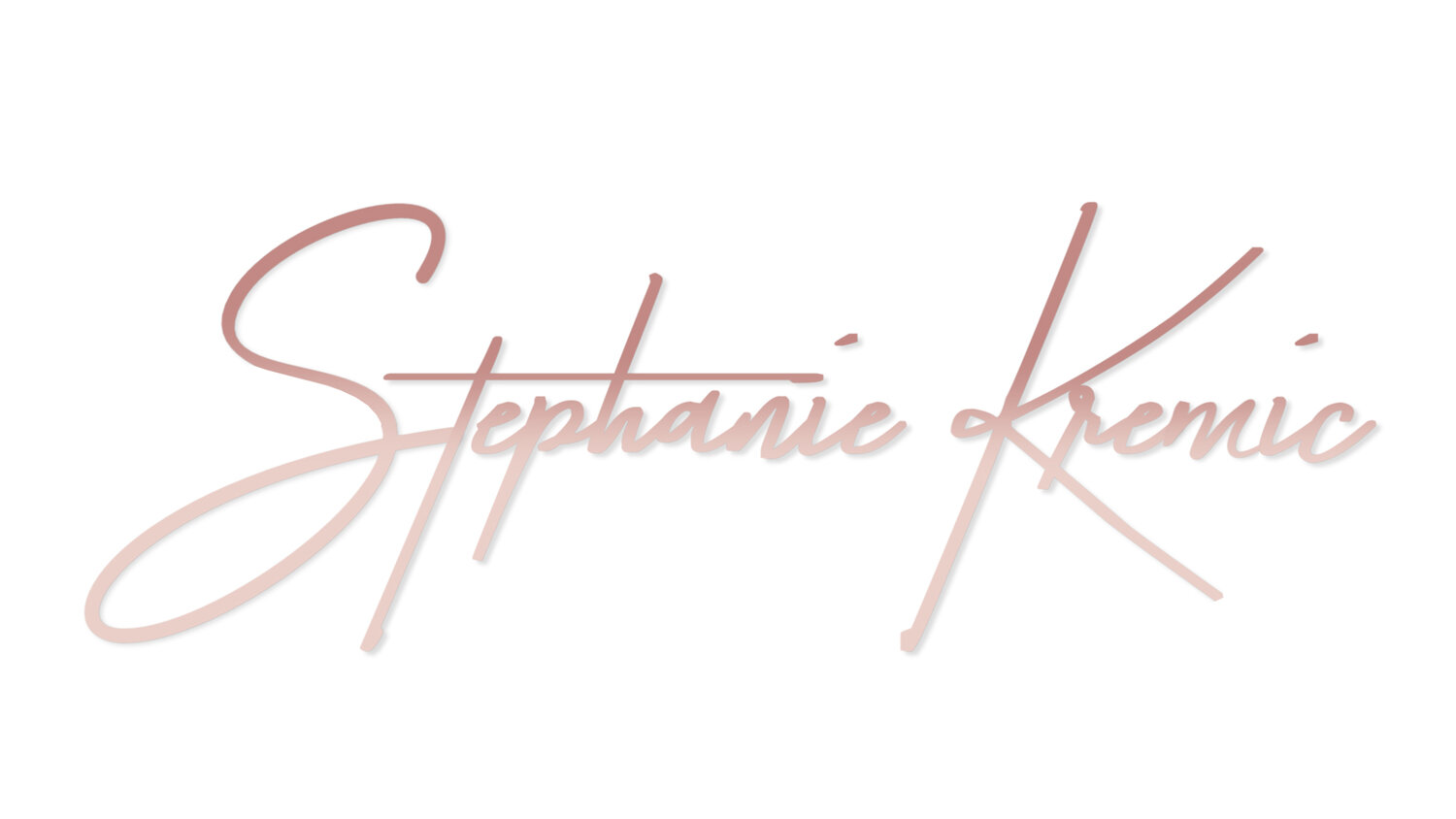What is a Roth IRA?
What Self-Employed Women Need-to-Know about this Retirement Plan
Saving for retirement… we all know we should be doing it, and many — or dare I say most — don’t have a clear understanding of the different retirement plans, and which options work best for each of us.
Today, I’m going to take you through one flexible option, the Roth IRA, to help you understand how it works, and why this retirement plan may be the best option for you as a self-employed woman.
There are 3 key elements that you need to know about Roth IRAs, and I’ll go into more detail as we go:
The money you contribute needs to be from earned income, such as salary, wages, and self-employed income.
You must be eligible for contribution, and that is based on your gross income. Check your eligibility here.
There is a yearly maximum contribution limit, plus an additional amount allowed for “catch up” contributions when you’re over 50. Get those details here.
Many women love the Roth IRA because their money grows tax-free. This means that money is taxed going into the account, so when it’s time to take money out in retirement, it will be completely tax-free.
It’s comforting to know that the amount of money you’re saving is the amount of money you’ll have to spend during retirement, right?
Another reason a Roth IRA may be a good choice for you is if you think that your taxes will be higher during retirement. Remember, since you’ve already been taxed on your contributions, you’ll avoid high taxes when you’re ready to take your money out.
Why would your taxes be higher upon retirement? Consider the following:
You expect to be earning more money when you’re working later in life
You plan to work past retirement age
You expect or anticipate a significant inheritance that would push up your tax bracket
Another benefit of a Roth IRA is that you can keep your money tucked away until you really want, or need, it. You are not required to take money out of a Roth IRA when you reach a certain age — unlike the Traditional IRA, where you must withdraw money at age 72. This is also known as a required minimum distribution (RMD).
Now you may be thinking... how do I qualify to contribute to a Roth IRA?
Your ability to contribute to a Roth IRA is based on your income. And yes, there’s a limit— if you make a certain amount of money or above that threshold, you don’t qualify to contribute to this retirement plan.
If you like the idea of tax-free retirement withdrawals, and you are eligible to contribute to a Roth IRA based on your income, next you just need to know what money you can use to fund your retirement account.
The money that you put into any retirement account must be from earned income, salary, and/or wages (a.k.a. your self-employment income) — and there are some income sources that cannot be used for contributions.
For example, if you’re receiving unemployment income, it doesn’t qualify as earned income and can’t be used for retirement contributions. Or if you’re a day trader that made profits on investments, your profits cannot be contributed to a Roth IRA as earned income either.
What If I Already Have Other Retirement Accounts?
Here’s how to simplify your finances.
If you have a Roth 401(k) from a previous employer, or other Roth IRA accounts through various platforms, it can be challenging to track, manage, and diversify the investment accounts. So, when it comes to your money and financial well-being, stay organized and streamline your finances by consolidating into a single account when you can.
A Roth IRA is unique in that you can roll it over into a single account, like for like, without any tax consequences or penalties.
Here are some example rollovers:
Roth IRA to a Roth IRA
Roth 401(k) to solo Roth 401(k)
Roth 401(k) to a Roth IRA
Invest and Grow Your Long-Term Wealth
Once you’ve opened your Roth IRA and made contributions, what’s next?
This is the fun part. It’s time to invest your funds! Remember, investing your money is significant to building your long-term wealth.
Online technology can really help simplify the investment process if you don’t have the time or desire to pick and choose your own investments. Schwab, Fidelity, and Vanguard all have diversified portfolios ready to use— just do a little research and see if one of those feels like the right fit for you. After you open your Roth IRA account and fund it, you can let your financial service platform handle the investment details.
Would you love to learn more about other retirement plans? I cover the best options for self-employed women and how to invest your Roth IRA in this video— click here to watch.

